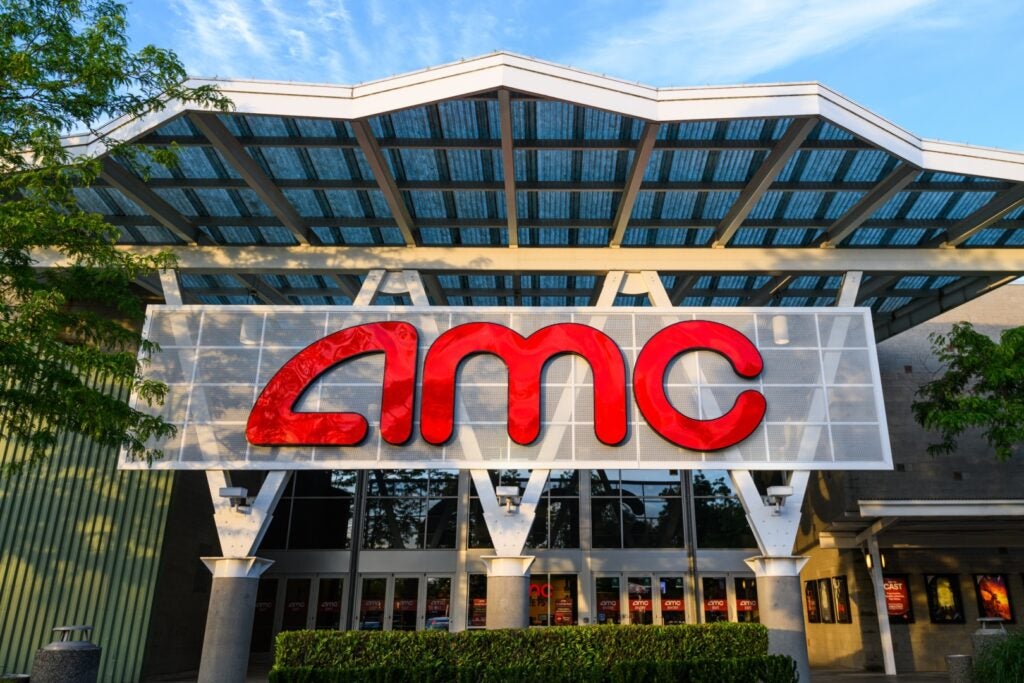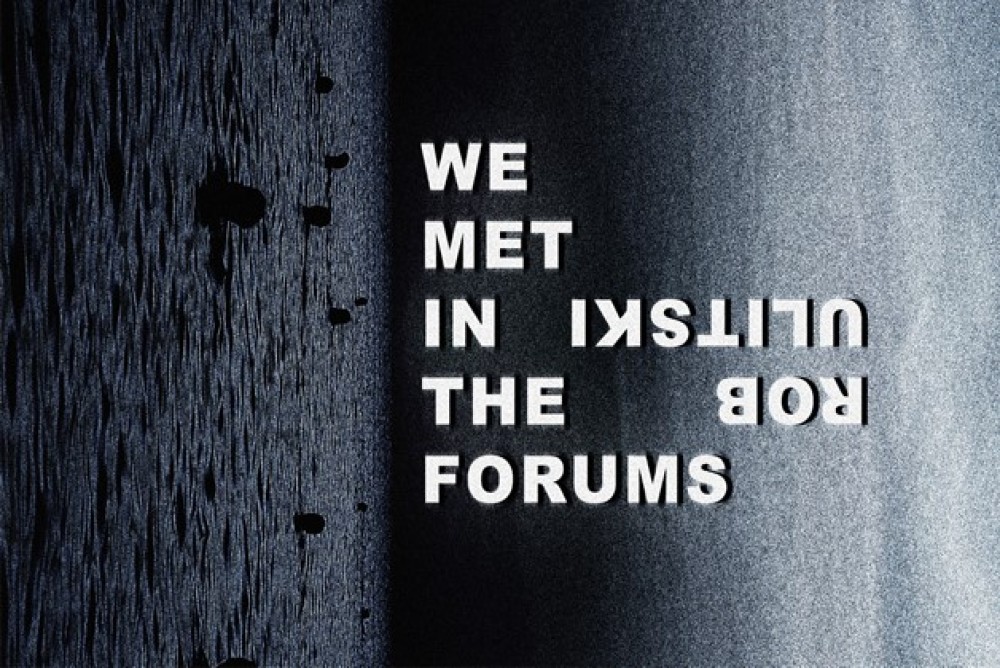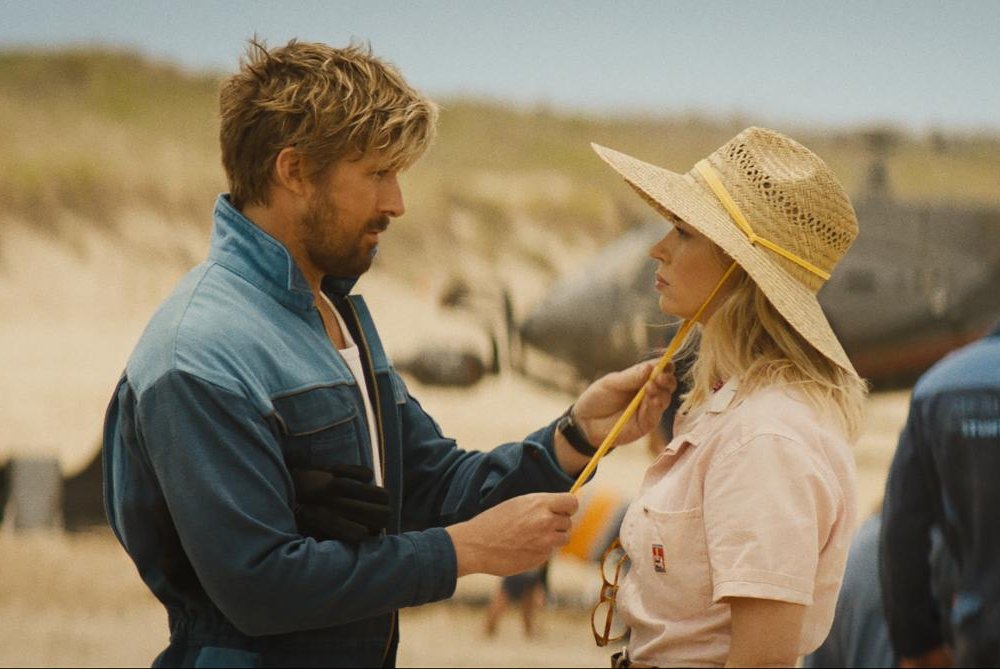After saving the LP and the concert industry, Taylor Swift has turned her attention to the next sector of the entertainment business in dire need of resuscitation: movie theaters. At the beginning of 2023, theater chains were already lamenting a lack of fresh product—only half as many movies were released in 2022 as in 2019—and that was before the twin writers’ and actors’ strikes shut down production for months, pushing several likely blockbusters into 2024 and beyond. Barbenheimer brought audiences back to theaters in a major way, but the momentum flagged as summer turned to fall, and theaters were once again facing an uncertain future.
Please welcome to the stage: Taylor Swift: The Eras Tour. The Aug. 31 announcement that a filmed version of Swift’s record-breaking tour would be coming to theaters in a mere six weeks sent the movie industry scrambling. The Exorcist sequel Believer and the Meg Ryan rom-com What Happens Later hastily abandoned Swift’s Oct. 13 release date, and even Martin Scorsese rethought his plans, with Killers of the Flower Moon abandoning a limited rollout at the beginning of October to skip straight to opening wide on the 20th. Meanwhile, The Eras Tour grossed $26 million in its first day of sales and has since crossed the $100 million mark, making it a lock for this weekend’s box-office crown and already the highest-grossing concert film of all time.
Multiplex employees may be bracing for impact, with one telling Rolling Stone they’re already dreading the “loud and rowdy” crowds. But smaller chains and independents are seizing the opportunity to bring new audiences in the door, and to reignite—or simply ignite—the sense that a movie theater can be a place where thrilling memories are made. “I think with Eras that we will hopefully get a lot of new people in, and that leads to a younger generation embracing the theatrical experience,” says Mike Sampson, the director of field marketing for the Alamo Drafthouse chain. “That’s when you start to see some real success.”
The pandemic forced everyone to take a break from the theatrical experience, and theaters still haven’t recovered. Ticket sales for 2022 were a huge improvement over the previous two years, but they were still only 65 percent of what they were pre-COVID. The Barbenheimer phenomenon shows that audiences will come back if they have a reason, but simply showing a movie they want to see isn’t enough. Cara Ogburn, who runs Milwaukee’s three-screen Oriental Theatre, says that post-pandemic, “a lot of people’s moviegoing has become a little bit more intentional, less spontaneous. A lot of people used to go to a movie a week or multiple movies a week, and they’d be like, Hey, I’m just going to stop by. Now, they are making their plan to do the thing: We’re going to see it at this time at this place, we’re going to eat here, drink here, and wear this.”
In an era (sorry, Taylor) when almost anything that can’t be delivered over Wi-Fi can be brought right to your door, it’s easy to feel like there’s no good reason to leave the house. But audiences starved for the pleasure of shared experiences will find a reason—and, if necessary, invent one. Last summer, the GentleMinions phenomenon transformed the normally passive act of moviegoing into a kind of collective performance. For these besuited teens, the point wasn’t just to go see a movie, but to be seen doing it, in a costume that proved you were part of something bigger than yourself. And it turned out that they were: Minions: The Rise of Gru ended up grossing more than the second Black Panther.
The phenomenon repeated with Barbie, whose audiences bathed cinemas in seas of pink, and is recurring with The Eras Tour. (You can even see its echoes in the success of the anti-child-trafficking thriller Sound of Freedom, which encouraged its faith-based audience to fill theaters as a sign of support for the cause.) Swifties are planning meetups to swap friendship bracelets in the lobby, and tickets have become almost as hard to come by as the ones for the tour itself. We’ll undoubtedly see something similar when Beyoncé’s Renaissance movie opens on Dec. 1, although on a smaller scale.
That’s good news for exhibitors in the short term, but does it portend a future where theaters flourish but movies themselves are diminished? The surprise announcement of The Eras Tour’s release date wasn’t the only disruption to the system. Theaters that book Swift’s film have to agree to a host of unusual conditions, including a fixed ticket price—a brand-savvy $19.89, or $13.13 for children and seniors—and the fact that it can only be screened Thursdays through Sundays. (The Oriental Theatre is planning to fill the off-days with movies starring Swift’s exes.) Are Swift and Beyoncé establishing a new form of distribution, or is this the equivalent of when Radiohead did an end-run around the record companies in 2007 and released In Rainbows directly to their fans? As the joke went at the time, it was easy for anyone to follow in their footsteps. Step One: Be Radiohead.
One indication that this participatory form of moviegoing isn’t just for superstars and blockbuster sequels is Stop Making Sense. The 40th anniversary rerelease of the Talking Heads concert film recently became IMAX’s biggest live event screening ever, and screenings have been literally bringing moviegoers to their feet. “The audience was behaving to a large extent like they were at a concert,” says Rob Owen, an attorney who saw the film at Chicago’s Music Box Theatre. “People clapped when the performers told them to clap. They danced. There was a woman who was sitting behind me who was singing along to every song, which could have been really irritating, but it felt very much in the spirit of the thing.”
This isn’t traditional moviegoing behavior, but it’s not without precedent. The Milwaukee Film Festival, of which Ogburn is the artistic director, has shown Stop Making Sense nearly every year since its 30th anniversary in 2013, and the screenings have become an annual ritual, a chance for the sometimes-stoic film festival audience to let it all hang out. I was there in 2014, with Milwaukee native and Talking Head Jerry Harrison in attendance, and I remember a room packed with a thousand people reacting as if the band were right there on the stage in front of them. The festival even managed to throw a collective dance party during the years they were forced to hold the festival online. “I think it worked weirdly well in the virtual setting,” Ogburn says, “because it’s a movie you watch with your whole body.”
Stop Making Sense is a unicorn among concert films, the product of a collaboration between the band and the director, Jonathan Demme (arguably the greatest concert-film director of all time), aimed at creating an experience that was both immediate and timeless. The settings and costumes deliberately avoided anything that would tie the movie too firmly to the time period, and although Demme shoots from the audience, he never trains the camera directly on the concertgoers themselves, preserving the feeling that you’re standing among them, watching a performance that’s happening, rather than one that already happened. That live quality is enhanced in the new version’s sound mix, Ogburn says (and she would know; she’s seen this version four times). “It has this unique factor where you can hear the ’80s audience clapping, and it sounds like it’s in the theater,” she says. “It really makes you feel, more than before, like you are there.”
Some multiplexes found the behavior of GentleMinions so disruptive that they banned young people in suits altogether. But if theaters want to survive, they need to find a way to welcome this audience and facilitate this excitement. The reason The Eras Tour is only showing four days a week is that Swift wants every showtime to have the energy of a full house. There was a time when showing a movie like Barbie would have been anathema to any art house, but those who went with Barbenheimer’s flow were treated to their biggest weekend in years. (Barbie is now the highest-grossing movie in Alamo’s history, surpassing Avengers: Endgame.) And the effect doesn’t just apply to movies with millions of dollars in promotion behind them. Ogburn sees younger audiences especially warming to the idea that any movie can become an event, whether it’s Stop Making Sense or the 20th-anniversary rerelease of the Korean classic Oldboy, which drew flocks of “teens and twentysomethings.” In the post-lockdown world, people aren’t going to the movies as much, but when they do, it means more, and that might be the key to restoring the impression that moviegoing can be something special. “It is feeling a little more like going to a sporting event or a Broadway show,” Sampson says. “People are like, If I’m going to get up and get off the couch and go out and get a babysitter, I’m going to have fun with it.” Returning to the Music Box after the pandemic felt strange at first, admits Rob Owen, “But once that receded, it has been glorious to go back.”
This content was originally published here.









